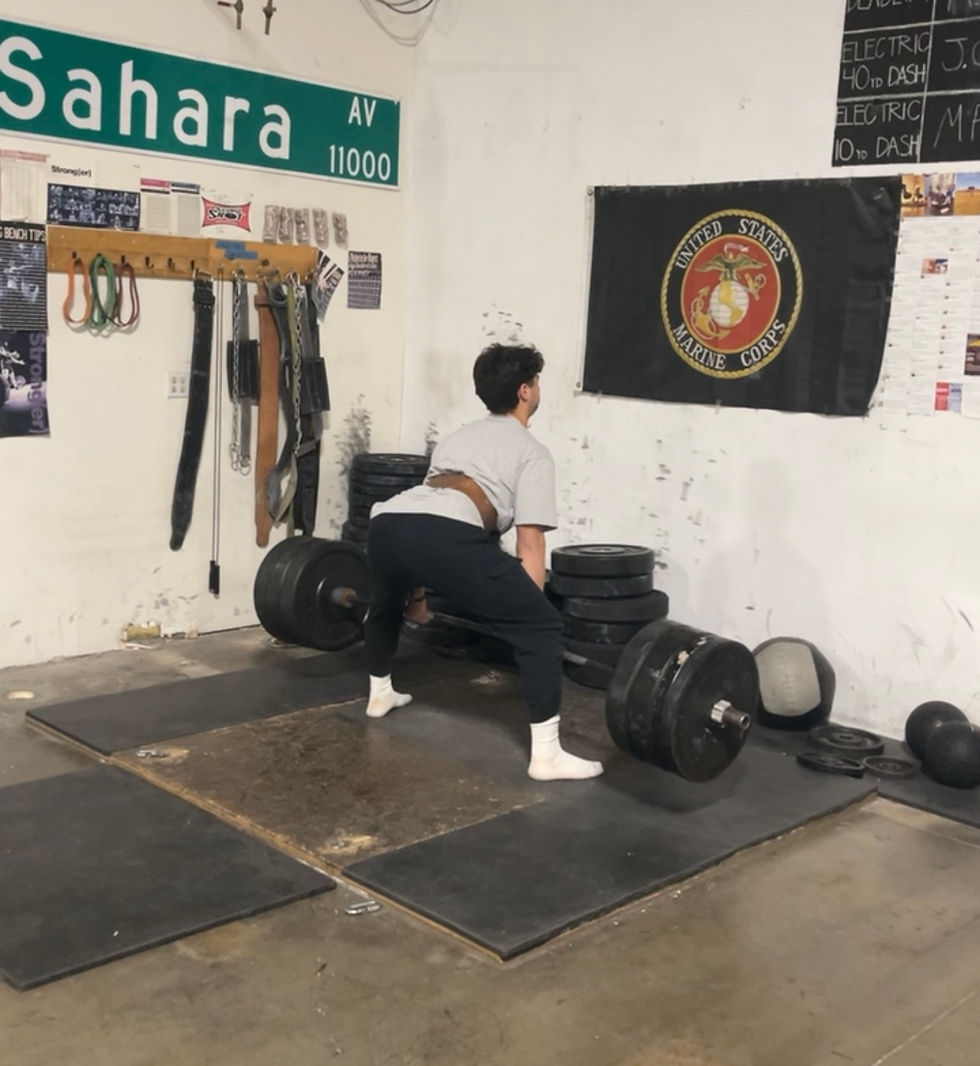The Critical Piece to Success: Individual Programming
- Adam Fenske
- Sep 8, 2016
- 2 min read
In the rush to prominence of strength and conditioning in athletics, somewhere along the line it was forgotten that athletes are individuals. Overwhelmed or sometimes uncaring strength coaches began doing plug and play programming; every athlete regardless of their myriad individual differences were all given the same sheet, and like robots expected to follow it to the tee. Out of the One-Sheet-To-Rule-Them-All philosophy also grew a culture of the strength coach as amateur drill instructor. No plan B, no modifications, follow all orders, don’t challenge me by asking why. The collaborative environment necessary for growth was gone, and many athletes subsequently began to dislike their “weights” experience.
Out of schools failures, private facilities sprang up, but sadly, even the private sector has begun to drift towards this, in shuttling athletes through every hour on the hour in the drive to make more money.
The casualty in all this is the athletes themselves; the talented athletes who would take the next step regardless of any training succeed, and the program or facility takes credit; the other 98% wonder why they didn’t, and have a short lived athletic career.
And while intelligent individual training can’t guarantee success for an athlete, it certainly increases the odds. It’s why athletes, and parents of athletes, seek out the best trainers. And while individual programming isn’t “convenient” or “cost effective”, if you care about your athletes, you do it, and work hard at doing it.
Here are some of the factors (in no particular order) we use to contrust athletes individual programs.
Training AgeInjury/discomfort historyChronological AgeSport: Needs, energy systems, desired traits, etcPosition in Sport: Baseball P/Position Football Closer to the ball/Farther etcTight/LooseNo go exercises (sport considerations/elicits discomfort even w/correct technique)Pusher/PullerWeak PointsStrong PointsLikes/DislikesExternal Factors: Mood/Workout time/energy/personal life? EtcWork CapacitySport demands: Sprint volume/Game schedule/Baseball P scheduled starts Bullpen etcSeason (Gym temperature)Concentration levelInvestment (what exercises are they passionate about)
Getting all this completely correct every workout is a challenge; this is why training is an imperfect science. If every athlete was a robot, training would be easy. As it is, every athlete has large and small differences from one another, and it’s amazing how many settle for coaches handing them a one size fits all sheet that is exactly the same as everyone else. If everyone on your team is doing the exact same thing, who is it really for?
Semper Fi A Fenske







Comments